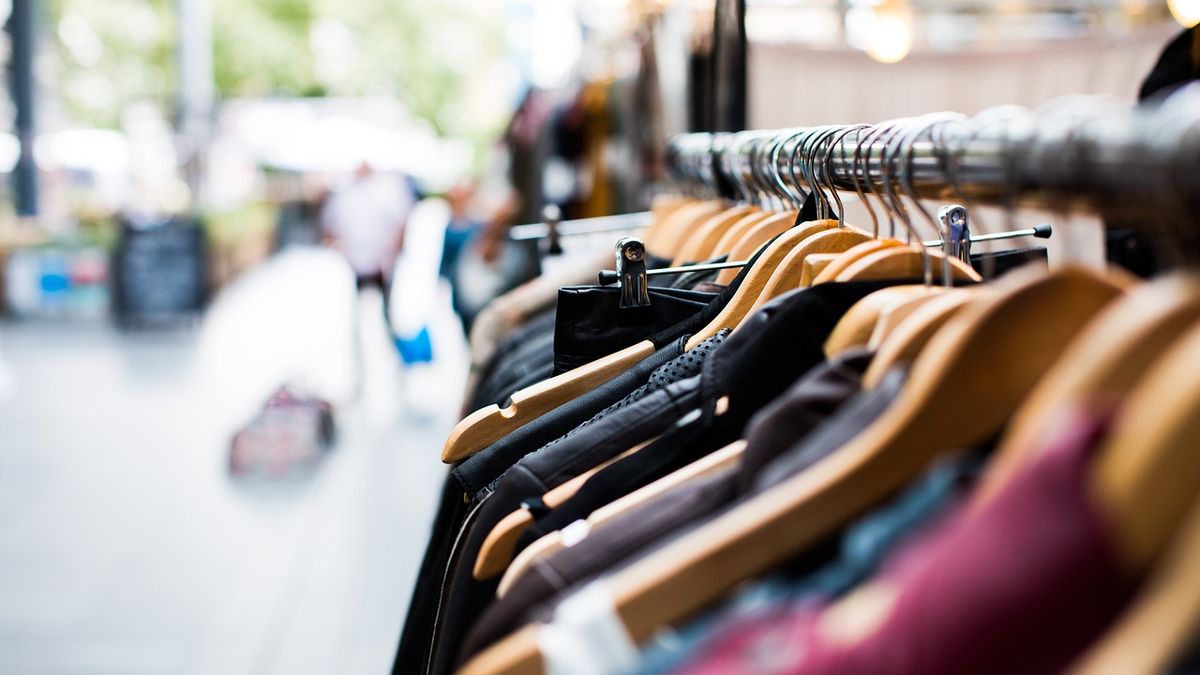A key fact: 50% of the sector is an importer.
“Imports must be financed 180 days after nationalization, that represents at least a direct cost of 35% in dollars, that goes directly to the price in the case of a final product. That is why we maintain that Given the shortage of foreign exchange, we should prioritize the supply of basic raw materials that do not have national manufacturing to produce, This would save foreign currency and also anchor prices of semi-finished products to the official dollar and would further enhance national production and Argentine work. We are already with some factories in a critical situation that have begun to reduce production due to lack of inputs, especially those in the synthetic sector where the raw materials are of external origin,” added Galfione.
indec.JPG
“Demand has clearly decreased as a result of these circumstances, there is great uncertainty, very volatile prices and it is logical that the consumer waits and does not validate the adjustments. We hope that in the coming months the market will begin to stabilize and above all it will establish predictability so that, fundamentally, the manufacturer can know at what price it will be able to obtain supplies of raw materials to produce. This will contribute to stabilizing the prices of the final product,” he concluded.
According to INDEC, clothing it is one of the industry sectors with the highest year-on-year performance. As of June 2022, the manufactured quantities of clothing grew 28.7% compared to June 2021. In the first half of the year, production accumulated an increase of 24% compared to the first half of last year.
What the official figures say about imports
According to the latest report from the Argentine Industrial Chamber of Clothing (CIAI), in July – last report – registered a year-on-year increase of 71.1% in dollars for clothing imports, with a total of USD 24.5 million CIF. Imported kilos rose 80.1%, totaling 1.1 million. For the period January-July 2022, the increase in imports in dollars was 50.3% compared to the same period in 2021. In kilos, the increase was 37.4% compared to the same period in 2021. The average price per kilo imported it was 21.6, slightly higher than January-July 2021.
“It is highlighted that the period January-July 2021 is a very low base for comparison, hence the year-on-year increase is high”, clarify.
From January to July 2022, due to the change in seasonality, the largest imports were in the category “coats” (31.5%), followed by pants (15.9%) and sweaters (15.3%). The products according to the tariff position with the highest imports for January-July 2022 were “the other coats H of FS or FA” (u$s22.5 million), “the other coats M of FS or FA” (u$s17.6 million ) and FS or FA sweaters ($15 million).
The main import origin for January-July 2022 turned out to be China, which took 56% of imports measured in dollars, followed by Vietnam with 7.5% and Bangladesh in third place with 5.9%. Peru in 5th place, Brazil in 10th and Colombia in 15th are the three South American origins among the main ones for the period January-July 2022. Peru and Colombia stand out as origins of external purchases with a high u$s/KG ratio , which boasts higher quality of its products compared to the rest.
How is the price of clothing made up?
Depending on the sector, the final price is made up as follows:
- Only 8.5% of the window price of a PREMIUM brand garment -sold in shopping malls- is explained by the industry. According to the sector, the industry that made the shirt takes only 8.5% that corresponds to the cost of manufacturing the garment prepared for its final sale. This cost includes the activity of the entire value chain involved in the production of clothing (producer of cotton, wool or synthetic fiber, disassembler, spinning mills, weavers, dry cleaners, laundries, garment makers, etc.).
- The rest of the price components are linked to taxes (50.3%), shopping mall rentals (12.7%), logistics (9%), financial costs (12.2%), commercial brand (4.8% ), design and advertising (2.8%).
- The rental of the premises in a shopping mall or the financial costs have a greater incidence in the final price of a brand garment in the industry.
What taxes does a brand pay that makes the product more expensive? The taxes correspond to the different stages of production and commercialization of the garment. VAT, Gross Income, Income Tax and bank debits and credits are considered. The rental of the premises includes not only the rent but also the expenses, initial and monthly advertising fund of the shopping.
teddy karazogian of TN Plantex, which manufactures one of the most important inputs for the making of a garment, indicated that the yarn is only 2% of the price of the clothing and 20% is taken by the rents. “The tariff they pay is less than 3% of the final price. Ask the importers why they import the official one and sell to the parallel with such high margins,” he said in a letter after the INDEC data.
Source: Ambito
David William is a talented author who has made a name for himself in the world of writing. He is a professional author who writes on a wide range of topics, from general interest to opinion news. David is currently working as a writer at 24 hours worlds where he brings his unique perspective and in-depth research to his articles, making them both informative and engaging.




